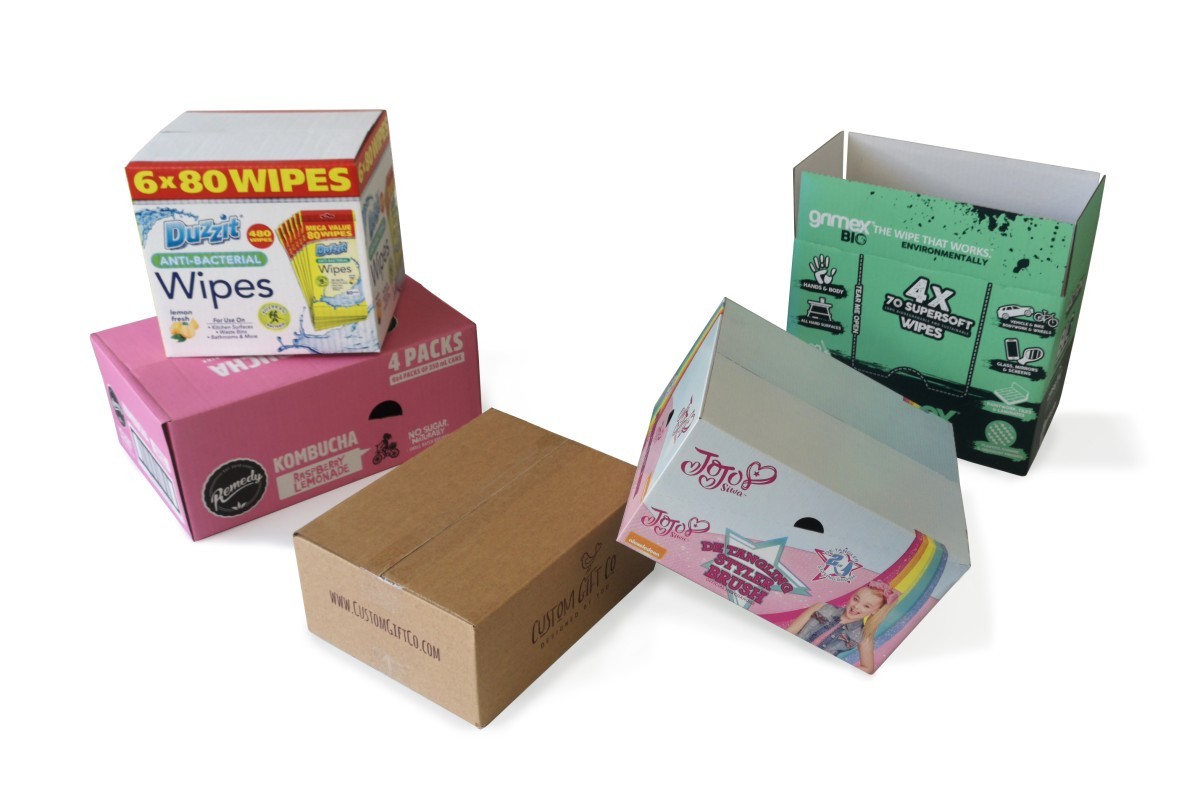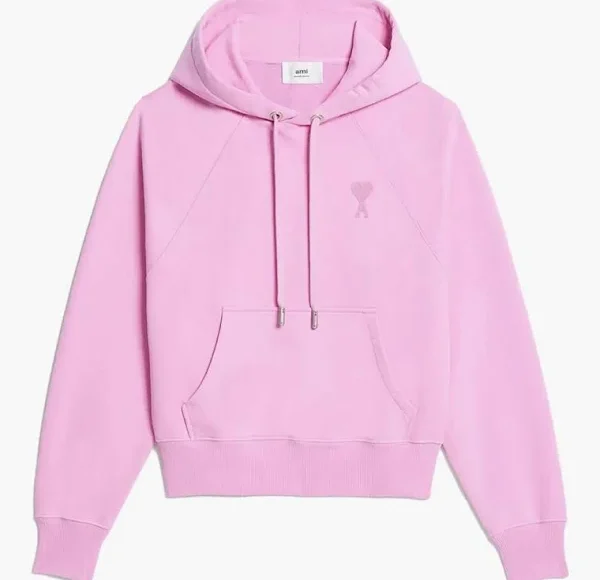In a world driven by e-commerce, eco-conscious living, and organized storage solutions, Custom Cardboard Boxes have become more vital than ever. Whether you are moving into a new apartment, shipping products across the globe, or simply organizing seasonal items at home, cardboard packing boxes play a significant role in everyday life and business operations. Their adaptability, sustainability, and availability make them a go-to packaging solution for countless industries and households alike.
Why Cardboard Boxes Are Still the Most Reliable Packaging Solution

Despite the arrival of various packaging alternatives, Cardboard Box Suppliers remain the most dependable and cost-effective choice. They are made from thick paperboard, generally derived from recycled materials or sustainable sources like wood pulp. Their rigid yet lightweight structure provides excellent protection, making them perfect for transporting fragile or valuable items. From small parcels to large-scale freight shipments, cardboard boxes ensure contents stay secure.
Their flat, stackable design also helps save space in storage and logistics, while their customizable surfaces support labeling, branding, or instructional messaging. In 2025, where efficiency meets sustainability, personalized cardboard boxes continue to be a practical answer to both personal and commercial packaging needs.
The Eco-Friendly Advantage of Cardboard Boxes
As environmental awareness grows, businesses and consumers alike are seeking greener alternatives to plastic packaging. Cardboard stands out because they are biodegradable, recyclable, and often reusable. When responsibly sourced and properly recycled, cardboard boxes with custom logos,s can have a minimal environmental footprint. This makes them an appealing option for companies looking to reduce waste and for individuals who value sustainability.
Cardboard can often be repurposed multiple times before being recycled into new boxes or other paper products. The growing trend of circular economies—where products are reused, recycled, and repurposed—has given cardboard an edge over non-recyclable alternatives. In retail and manufacturing, this has resulted in widespread adoption of corrugated cardboard box made with recycled content.
Cardboard Boxes in E-commerce and Retail
With online shopping showing no signs of slowing down, the demand for boxes in the e-commerce industry has skyrocketed. These boxes serve not just as protective carriers but also as branding tools. Many companies print their logos, promotional graphics, or special designs directly onto their boxes to enhance the customer experience and foster brand recognition.
In 2025, customized cardboard boxes have become a branding strategy as much as a packaging necessity. Whether you’re receiving a subscription box, electronics, or clothing, chances are the package comes in a well-designed cardboard container that reflects the sender’s identity. Brands also favor cardboard due to its ability to handle various weights, shapes, and sizes of products, making it versatile and reliable.
The Role of Cardboard Boxes in Home Organization
Beyond commercial use, cardboard box suppliers are incredibly useful in domestic environments. People use them to declutter, organize seasonal clothes, store books, or protect sentimental belongings. Their affordability and accessibility make them ideal for any household organization project.
In modern minimalist living, boxes serve a dual purpose: they help eliminate clutter and are themselves recyclable. Many home storage systems even incorporate aesthetically pleasing boxes designed for display or integration into furniture, combining form and function.
Choosing the Right Cardboard Boxes for Your Needs

Selecting the appropriate cardboard box depends on several factors including size, strength, and design. Corrugated cardboard box are preferred for shipping heavier items due to their layered construction, which adds durability and impact resistance. Single-wall and double-wall variations offer different levels of support based on your needs.
Some boxes come with built-in dividers, ideal for glassware or electronics, while others are designed with handles for easier carrying. There are also archival-quality cardboard box designed to preserve documents, photographs, or other sensitive materials. Understanding what you need to pack or store will help you choose the best box for the job.
Customization Trends in Cardboard Boxes
Customization has taken center stage in 2025, transforming boxes from plain containers to fully branded experiences. From eco-friendly inks and water-based coatings to die-cut shapes and interactive designs, businesses are increasingly treating boxes as an extension of their identity. QR codes printed on boxes can now direct customers to digital experiences, product guides, or loyalty programs.
Small businesses also benefit from affordable printing technologies that allow for limited runs of custom boxes without excessive costs. This flexibility is especially valuable for seasonal promotions, limited-edition items, or special events.
The Impact of Technology on Cardboard Box Manufacturing
Advancements in manufacturing technology have improved the quality, sustainability, and efficiency of cardboard box production. Digital printing methods have become faster and more precise, reducing waste and allowing for intricate designs. AI and automation streamline the production process, ensuring consistency and reducing labor costs.
These innovations also mean that companies can better forecast demand, produce smaller batches, and personalize packaging for individual consumers. As a result, boxes are not just more efficient to produce but are also more aligned with modern business models like print-on-demand or dropshipping.
Storage and Disposal: Keeping It Responsible
Properly storing and disposing of cardboard helps maintain their sustainability. Boxes should be kept dry and flat when not in use to preserve their structural integrity. Reusing boxes for multiple shipments or storage cycles extends their lifespan, reducing the need for new materials.
When a box has reached the end of its useful life, it should be broken down and recycled. Most municipal recycling programs accept cardboard, and businesses can even partner with specialized recycling firms for large-scale waste management. Composting is also an option for plain cardboard, although boxes with heavy ink or coatings may require industrial processing.
Conclusion: Cardboard Boxes Are Here to Stay
Cardboard box are far more than just packaging materials. They are sustainable, versatile, cost-effective, and essential across both personal and commercial settings. Their evolution—from basic storage containers to customized, eco-friendly solutions—mirrors larger societal shifts toward convenience, efficiency, and environmental responsibility.
As the world continues to digitize and global commerce expands, the need for dependable packaging grows alongside it. With their adaptability and low environmental impact, cardboard continue to lead the way in packaging innovation, meeting the needs of consumers, businesses, and the planet.
FAQs
What types of cardboard box are best for shipping fragile items?
Corrugated cardboard box with double-wall construction are ideal for shipping fragile items. These boxes provide extra cushioning and strength, minimizing the risk of damage during transit.
Can cardboard be reused for multiple purposes?
Yes, cardboard can be reused several times for storage, moving, and even creative DIY projects. Their durability allows them to be repurposed before being recycled, making them a sustainable choice for both homes and businesses.















Leave a comment